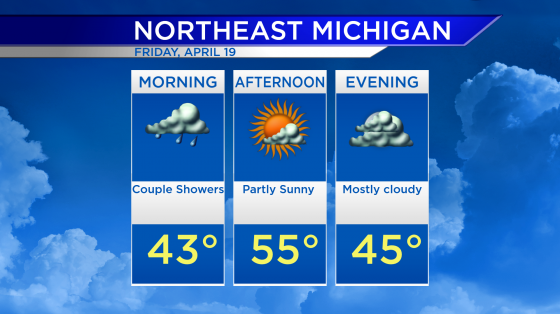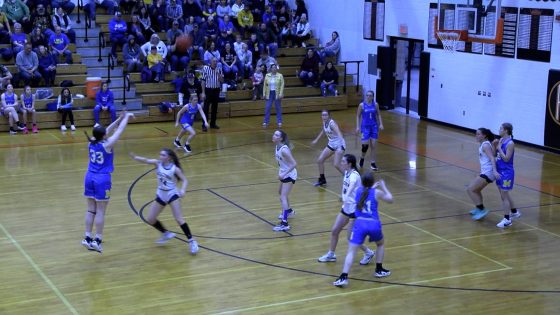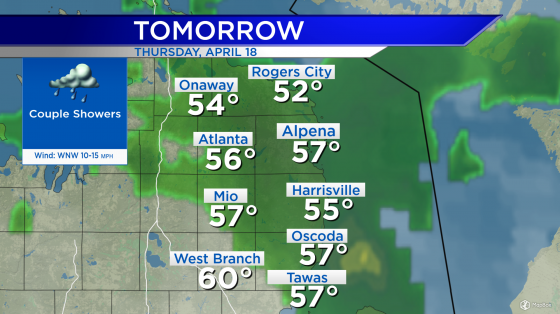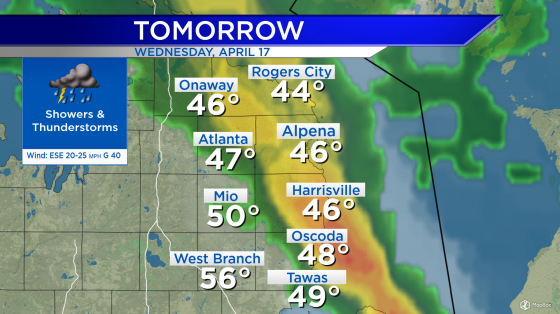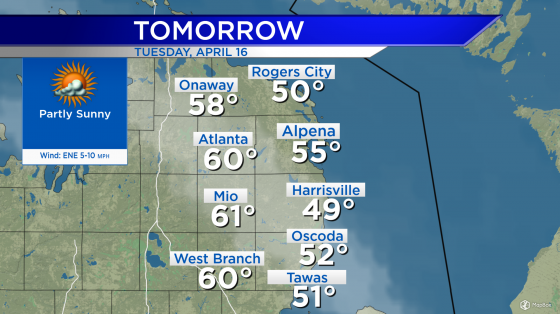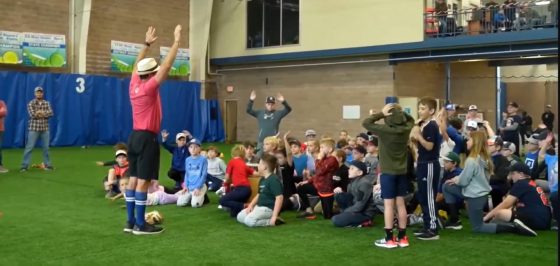Oscoda woman 1,000th patient to receive heart treatment with aid of 3D printing technology
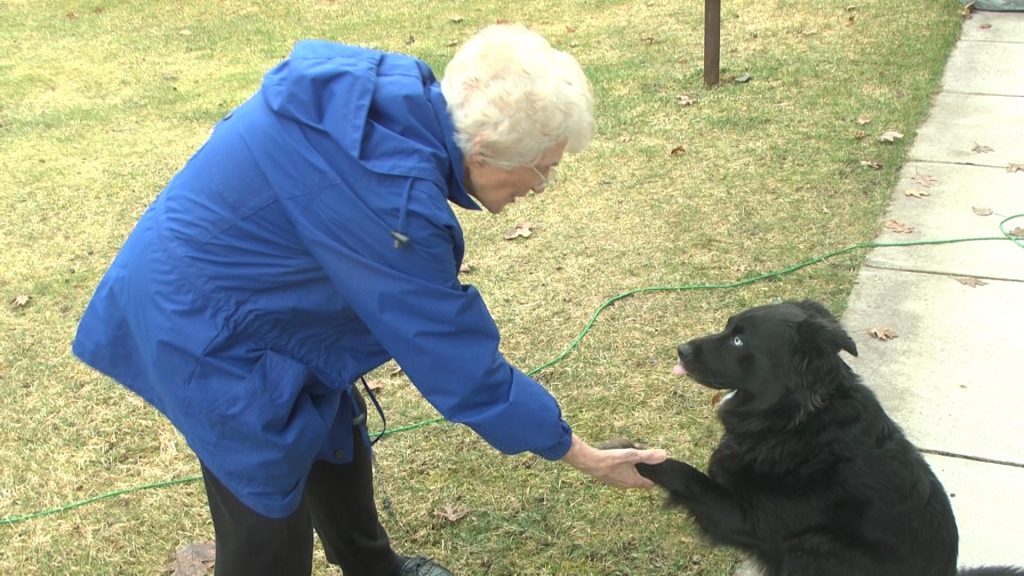
(Photo Courtesy/Mike Beiermeister) 83-year-old Lillian Keavey shakes the paw of her daughter's dog Jojo. She enjoys walking Jojo every morning.
Oscoda Township, Mich. — An Oscoda Township woman recently underwent a groundbreaking procedure with the help of some amazing technology.
83–year–old Lillian Keavey enjoys walking her daughter’s dog Jojo every morning, but she had to stop after contracting pneumonia. She was tired and experiencing shortness of breath.
“I had open heart surgery 13 years ago, so the valve was sort of, that’s what they say 12 to 13 years, so the valve wasn’t working because it wasn’t pumping because of the congestive heart failure,” said patient Lillian Keavey.
That’s when she was diagnosed with mitral valve stenosis. Lillian’s husband James was afraid she would have to undergo open heart surgery again.
“When they told us that, I just didn’t know what to say or what to think,” said James Keavey.
There was an alternative procedure utilizing 3D technology to implement a new valve. Cardiologists at Henry Ford Health System made a 3D replica of Lillian’s heart to practice and design a properly fitting valve.
“The 3 dimensional model that’s printed just provides the doctors with a whole new level of understanding of the intricacies and details within the heart,” said Eric Myers, product designer and technical director of 3D printing at HFHS.
This particular procedure is special because Lillian would be the 1,000 patient to receive a new valve with the help the 3D model. Cardiologist can accurately insert the new valve through the groin up to the heart.
“I have to keep telling myself that it was just a few weeks ago that I had this valve put in,” said Lillian Keavey. “The week after I got home, I was fine… no pains, no nothing.”
Lillian still has some recovering to do. She’s building up her strength to walk Jojo again daily, and she’s spending quality time with her husband James, all thanks to some of the brightest minds in cardiology. Dr. Dee Dee Wang and Dr. William O’Neill contributed to the 1,000 procedure. The technology has been in use for the past five years.
“I can’t believe how quickly she recovered out of that operation,” said James Keavey. “I mean, I’ve had three hip surgeries, and I don’t think I recovered as quick as her.”
“It’s just wonderful that people like Dr. O’Neill and Dr. Wang can come up with all of these ideas,” said Lillian Keavey. “It’s just fabulous.”
Lillian’s procedure was broadcast for other cardiologist all over the world, so they can learn how to perform the procedure using a 3D model.

